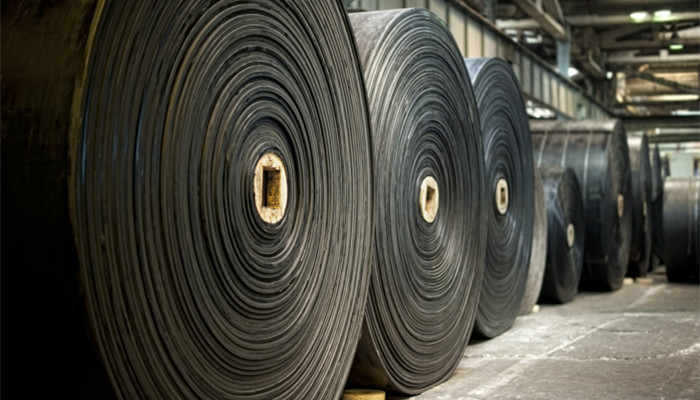
Pre-dispersed masterbatch is an important upgraded product of traditional rubber additives, and the market has broad development prospects.
Pre-dispersed masterbatch, also known as rubber additive pre-dispersion, refers to the use of rubber (nitrile rubber NBR, EPDM, styrene-butadiene rubber SBR, etc.) as the carrier, and the binder and softening agent are softened through a special process. Chemical additives such as agents and modifiers are pre-dispersed into the rubber, and a uniform pre-dispersion with a certain concentration is obtained through extrusion and granulation. According to different functions, pre-dispersed masterbatch particles can be divided into accelerators, active agents, colorants, vulcanizing agents, antioxidants, etc.; according to different compositions, pre-dispersed masterbatch particles can be divided into There are hard masterbatch particles and soft masterbatch particles.
Pre-dispersed masterbatch is an upgraded product of traditional rubber additives. Traditional rubber additives will produce a large amount of dust and toxic and harmful gases when used, which will cause great pollution to the environment. They have poor compatibility with rubber and poor dispersion uniformity, which directly affects rubber production efficiency. The pre-dispersed masterbatch particles can make up for all the shortcomings of traditional rubber additives. It has the advantages of being dust-free and easy to disperse. It can effectively improve the dispersion uniformity and compatibility of the additives, thereby improving the mixing efficiency and dispersion rate. It can also Reduce dust hazards generated during use and improve environmental protection.
According to the “2023-2028 Pre-dispersed Masterbatch Industry Market In-depth Research and Investment Prospect Forecast Analysis Report” released by the Industrial Research Center It shows that in recent years, with its good advantages, pre-dispersed masterbatch has become the main development trend of the rubber additive market, and the market shows good development prospects. At present, pre-dispersed masterbatch particles have been widely used in the production of domestic high-precision rubber products, such as automotive rubber pipe fittings, radial tires, high-voltage wires and cables, etc.
Under the current background of the continuous increase in the penetration rate of the domestic radial tire market, the market demand for pre-dispersed masterbatch pellets continues to increase and the output continues to increase, and the industry shows good development prospects. According to data from the China Rubber Industry Association, my country’s radial tire production will exceed 650 million units in 2022. As a result, the domestic output of pre-dispersed masterbatch pellets in 2022 will be approximately 85,000 tons.
Against the background of increasingly prominent market prospects, the number of companies entering the pre-dispersed masterbatch market in my country is continuing to increase, mainly including Ningbo Aikem New Materials, Jiangsu Lianlian Chemical, Suzhou Xinos Industrial, Guangdong Duba New Materials, Kunshan Asia Terman New Materials, Jiangsu Aita New Materials, Jiangsu Paidexin Rubber, Nanjing Foster Technology, etc. However, due to technical limitations, the number of domestic pre-dispersed masterbatch enterprises is still relatively small, and the technical level of the enterprises is still relatively low. There is still huge room for growth in the industry in the future.
Industry analysts said that pre-dispersed masterbatch is a new type of rubber additive with broad application prospects. It can not only effectively improve the performance of rubber products and ensure product quality stability, but also make up for the shortcomings of traditional rubber additives. It does not produce dust during production and reduces environmental pollution. At present, pre-dispersed masterbatch has become the main upgraded product of traditional rubber additives. The market penetration rate is continuing to increase, the number of companies involved is increasing, and the overall development trend of the industry is improving.

 微信扫一扫打赏
微信扫一扫打赏

